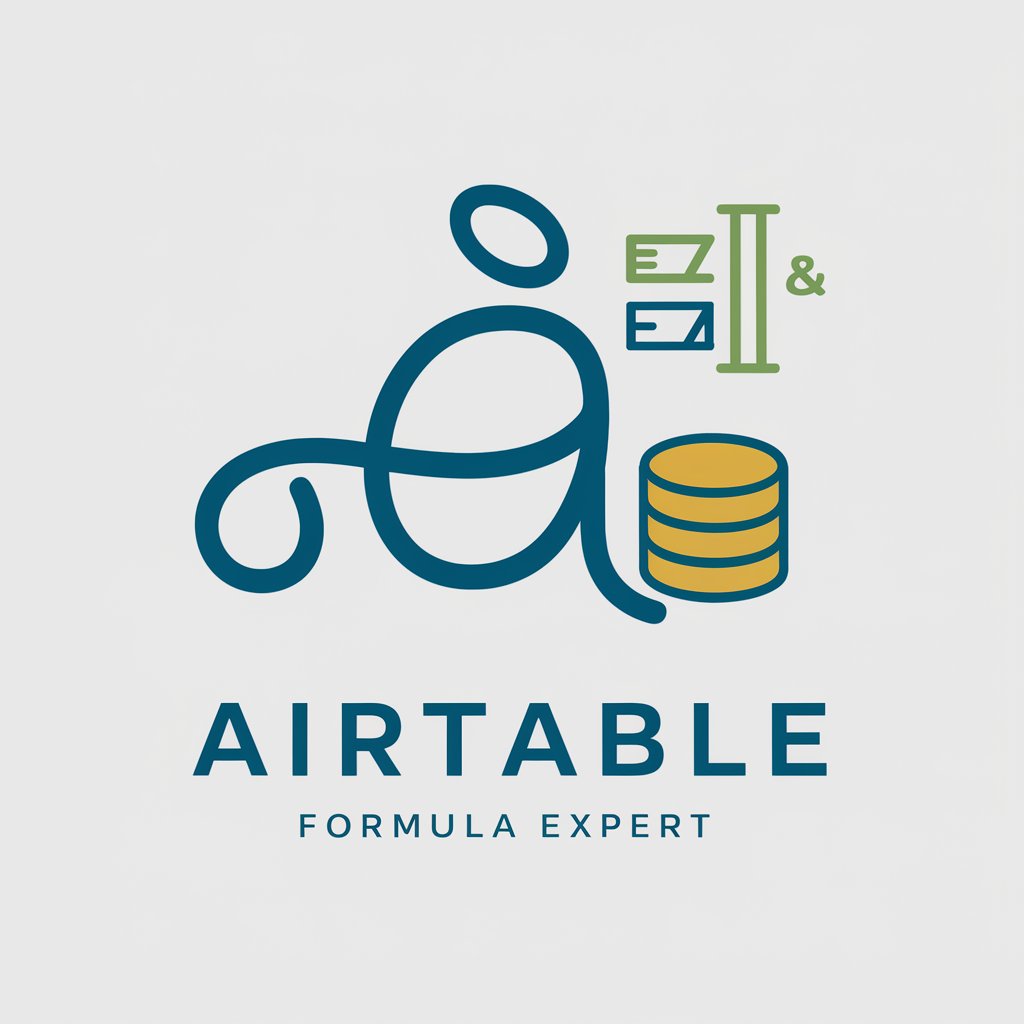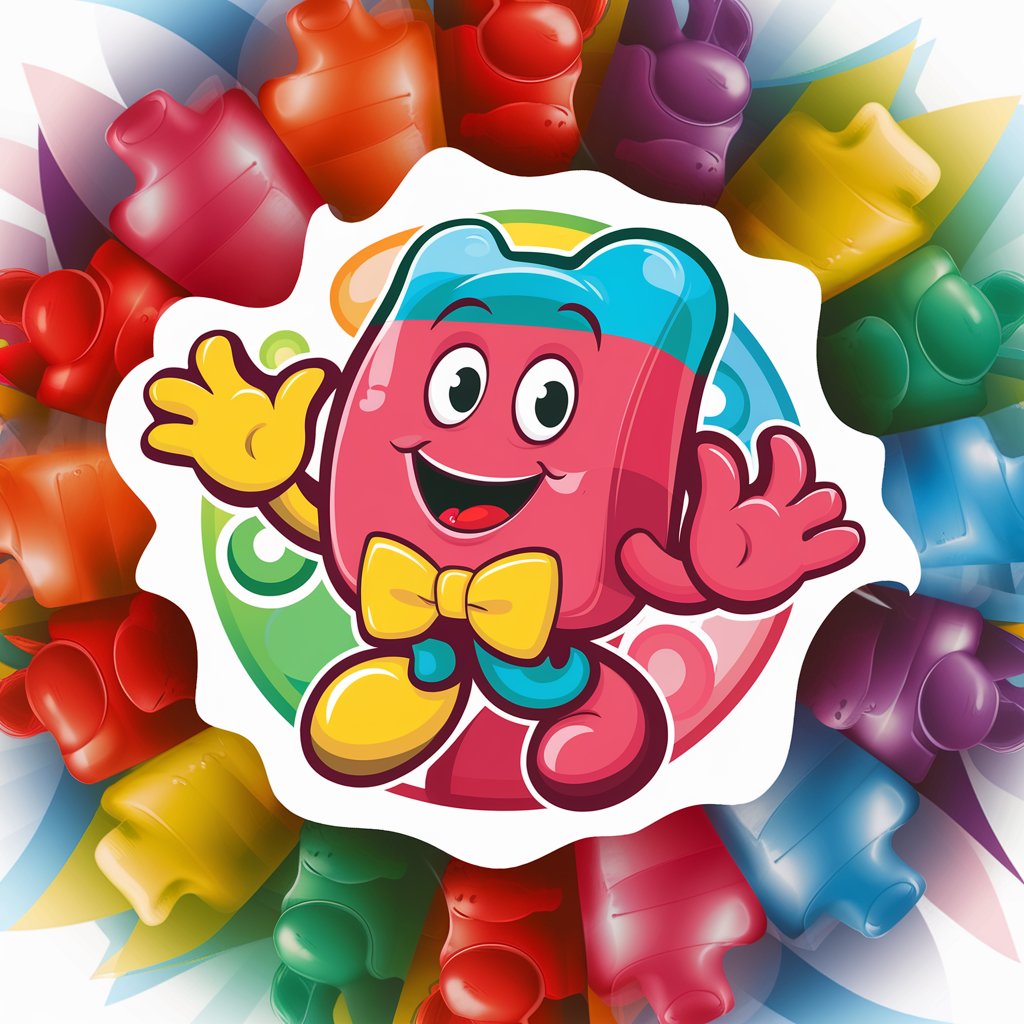Pressure Washing - Easy Pressure Washing Guide
Hello! Need tips on pressure washing? Ask away!
Empower Your Cleaning with AI-Powered Pressure Washing
Tell me about pressure washing.
Best pressure washer for home use?
Safety tips for pressure washing?
How to pressure wash a driveway?
Get Embed Code
Introduction to Pressure Washing
Pressure washing, also known as power washing, involves the use of high-pressure water spray to remove loose paint, mold, grime, dust, mud, chewing gum, and dirt from surfaces and objects such as buildings, vehicles, and concrete surfaces. The basic function of pressure washing is to clean surfaces more efficiently and effectively than traditional cleaning methods. This is achieved through a pressure washer, which comprises a pump to increase water pressure and a nozzle to focus the high-pressure water in a direction that cleans the surface. For example, pressure washing can be used to clean a driveway stained with oil spills, making it look almost new by removing the stains that regular washing can't. Another scenario is using pressure washing to remove mildew from the siding of a house, enhancing the home's appearance and preventing potential damage caused by the growth of mildew. Powered by ChatGPT-4o。

Main Functions of Pressure Washing
Surface Cleaning
Example
Cleaning driveways, sidewalks, and patios
Scenario
Removing stains, dirt, and algae from concrete surfaces to restore their appearance and prevent slip hazards.
Building Maintenance
Example
Exterior washing of residential and commercial buildings
Scenario
Removing dirt, grime, and biological growth from building facades to improve curb appeal and extend the life of the building materials.
Vehicle Cleaning
Example
Washing cars, trucks, and boats
Scenario
Using pressure washing to remove mud, salt, and road grime from vehicles to maintain their appearance and prevent corrosion.
Graffiti Removal
Example
Eliminating graffiti from walls and public spaces
Scenario
Restoring public and private properties to their original appearance by efficiently removing paint without damaging the underlying surface.
Preparation for Painting or Refinishing
Example
Cleaning surfaces before applying paint or sealants
Scenario
Ensuring that surfaces such as decks, fences, and exterior walls are clean and free of debris to allow for optimal adhesion of paints or sealants.
Ideal Users of Pressure Washing Services
Homeowners
Homeowners benefit from pressure washing by maintaining their property's curb appeal, preventing damage caused by mold and mildew, and preparing surfaces for painting or refinishing.
Commercial Property Managers
Commercial property managers use pressure washing to maintain the cleanliness and appeal of their properties, which can attract and retain tenants, customers, and clients.
Municipalities
Municipalities apply pressure washing in public spaces, such as parks, sidewalks, and buildings, to maintain cleanliness, safety, and aesthetics for the community.
Construction and Renovation Contractors
Contractors use pressure washing to clean and prepare surfaces for new construction or renovation projects, ensuring that new materials adhere properly and the finished project meets quality standards.

How to Use Pressure Washing: A Step-by-Step Guide
Start with Exploration
Begin by exploring pressure washing options without any commitments. A platform like yeschat.ai offers a hassle-free way to get acquainted with the basics of pressure washing, providing a free trial without the need for a login or ChatGPT Plus subscription.
Select the Right Equipment
Choose a pressure washer based on the cleaning task at hand. For residential use, a light to medium-duty pressure washer is sufficient. For commercial or industrial tasks, opt for a heavy-duty machine. Consider the water flow rate (GPM) and pressure (PSI) specifications.
Prepare the Area
Clear the area of movable objects and cover plants, electrical components, and sensitive surfaces. Ensure that you have safe access to water and electricity sources, if required, and wear protective gear such as goggles and gloves.
Operate the Pressure Washer
Connect your pressure washer to the water source and power supply. Begin with the lowest pressure setting, gradually increasing as needed. Use appropriate nozzles for different surfaces—narrower nozzles for stubborn stains and wider ones for general cleaning.
Follow Safety Practices
Never point the pressure washer at people, animals, or fragile objects. Maintain a steady stance and use both hands. Avoid spraying water directly upwards or onto electrical outlets. After use, release any remaining pressure and disconnect all hoses.
Try other advanced and practical GPTs
Formula Expert
Streamline your Airtable formulas with AI

CraftCode Dev
Elevate Coding with AI-Powered Precision

Juris Finder
Empowering legal research with AI.

Visual Creativity Guide
Empowering creativity with AI

Creador GTPs
Tailoring AI to Your Needs

Diseñador de Cursos
Empowering Educators with AI

Anime Art Editor
Transform anime art with AI precision.

FE týpek
Empowering Frontend Development with AI

SEO Url Analyst
Optimize Your Content, Outrank Competitors

Gummy
Sweetening Creativity with AI

Beauty Expert Advisor of iBrow Department
Empowering beauty with AI expertise

Subscription
Unlock the full potential of subscriptions with AI-powered insights.

Frequently Asked Questions about Pressure Washing
What safety gear should I wear when pressure washing?
Always wear protective gear, including safety goggles to protect your eyes from debris, waterproof gloves to safeguard your hands, and ear protection if using a gas-powered model. Closed-toe shoes are also recommended to protect your feet from the high-pressure spray.
Can pressure washing damage my property?
If not used correctly, pressure washing can cause damage. Use the appropriate nozzle and pressure setting for the surface you're cleaning. Test on a small, inconspicuous area first. Avoid using high pressure on soft or delicate surfaces like wood siding or aged brick.
How often should I pressure wash my home?
The frequency depends on your home's exposure to dirt, grime, and algae. Generally, it's recommended to pressure wash your home once a year. However, areas subject to heavy pollution or tree sap may require more frequent cleaning.
Can I use detergent with my pressure washer?
Yes, many pressure washers are designed to be used with detergents for more effective cleaning. Use detergents specifically formulated for pressure washers and the surface you're cleaning. Follow the manufacturer's instructions for detergent use.
Is pressure washing environmentally friendly?
Pressure washing can be environmentally friendly if done correctly. Use biodegradable detergents and avoid washing hazardous materials into storm drains. Consider water conservation techniques, such as using a pressure washer with a water-saving nozzle.
